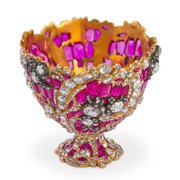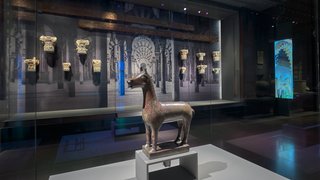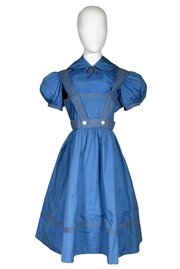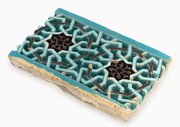
Bronze Figurine of a Horse
3-2-1 Qatar Olympic and Sports Museum
- Title:
- Bronze Figurine of a Horse
- Production place:
- Greece
- Date:
- 800 - 700 BCE
- Period:
- 8th century BCE
- Title:
- Bronze Figurine of a Horse
- Production place:
- Greece
- Date:
- 800 - 700 BCE
- Period:
- 8th century BCE
- Material:
- Metal
- Technique:
- Casting
- Dimensions:
- 20 × 6 × 12
The ancient Greeks often depicted horses in their art. Horses were treasured companions in warfare, games festivals and, starting in 684 BCE, in the ancient Olympics.
This figurine would have been a luxury item and dates to around the eighth century BCE. It may have been an ornament, or its base may have been used as a seal for authenticating documents. It is in the spare Geometric-period style. Its alert, lean body is made from stylised geometric shapes, conveying the energy and pride of the animal.
Horses took part in riding and chariot racing at the ancient Olympic Games. Chariot racing was a dangerous sport. Injuries and fatalities to humans and horses were common. Horseback racing was also a risky business. Riders had only a pad as a saddle and no stirrups. Falls were common.
Despite the risks of competing, it was the owners of the horses – not the riders – who won the prizes. This fact reflected the owners’ financial investment in the sport. The competitors relied on the owner’s generosity (or not!) for their reward.
At the modern Olympics, equestrianism remains the only sport that involves animals. It is also one of a few sports in which men and women compete as equals.



